by Moove In Self Storage
If you live in the northeast, including Connecticut, Maryland, Massachusetts, New Jersey, New York, and Pennsylvania, winter tires (or even studded tires) are a must. The reason is simple; the 4-letter word folks here call snow. For that matter, ice, sleet, and freezing rain too. If you’re going to be driving in winter, your car or truck should certainly use a decent set of winter or studded tires. That begs the question; how long do winter tires last? If staying safe while saving money is your goal, keep reading to find out.
If you visit just about any other country where they deal with winter weather, winter tires are mandatory. Unfortunately, that’s not the case for the United States. You won’t find any mandatory winter tire requirements anywhere, which is a shame. The states do, however, place restrictions on when you can use studded tires.
Studded tires provide better traction on ice and snow by using metal or rubber studs. They offer heavier duty protection than winter tires, but both types of tires will help to protect drivers from winter hazards. The fact is, there’s clear and convincing evidence that winter tires give you a safety advantage. Dozens of different scientific studies have proven exactly that. Still, the majority of drivers on the road in the United States don’t use safe winter tires.
The debate this causes every year is no joke. Let’s face it, tires aren’t cheap. (Although, just FYI, winter tires are cost-competitive with any other type of tire.) That’s a problem, however, considering tires are arguably the most important component on your car or truck. In our humble opinion, winter or studded tires are an excellent investment. And the question of how long do winter tires last is almost moot since they last as long as regular tires.
The thing is, tire manufacturers make a lot of compromises when designing tires. The reason why is that, when you improve performance in one factor, you almost always have to diminish another factor. For example, all-season tires work great when you have relatively mild weather changes. On the other hand, they don’t do nearly as well in very cold weather and snow. That’s because all-season tires tend to loosen their grip since they stay too flexible.
The reason why is that, when you improve performance in one factor, you almost always have to diminish another factor. For example, all-season tires work great when you have relatively mild weather changes. On the other hand, they don’t do nearly as well in very cold weather and snow. That’s because all-season tires tend to loosen their grip since they stay too flexible.
Many car and truck owners who have four-wheel-drive vehicles believe they don’t need winter tires. That’s actually untrue. While 4-wheel drive can help get your car or truck going, it won’t do much to help it stop. 4-wheel drive is great for controlling your car or truck but that has nothing to do with the actual tires. If they’re just regular tires the tread are not designed to push snow or ice out of the way. In short, 4-wheel drive or not, winter tires make your car or truck safer.
Many folks in the northeast believe that winter tires are only useful in snow.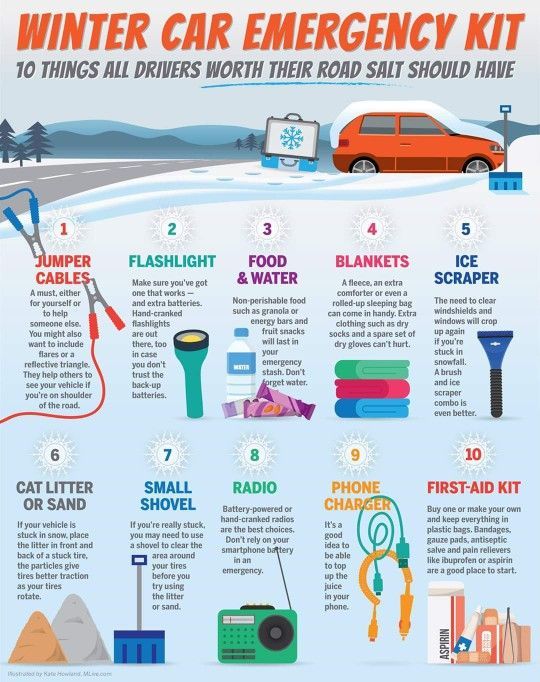 While they do work extremely well in snow, winter tires are also good for ice, freezing rain, and sleet. The reason why it is that the rubber compound used in them keep them flexible and very low temperatures. That flexibility gives you much better handling and stopping power whether there’s snow on the ground or not.
While they do work extremely well in snow, winter tires are also good for ice, freezing rain, and sleet. The reason why it is that the rubber compound used in them keep them flexible and very low temperatures. That flexibility gives you much better handling and stopping power whether there’s snow on the ground or not.
Unlike regular tires or even all-season tires, winter tires work like a charm in the snow. Their supple rubber helps them perform excellently in freezing temperatures and heavy snow. Plus, they have a deeper tread that helps make driving in both snow and slush a lot safer. Both their flexible compounds and specialized tread designs make winter tires a much better choice for driving in snow.
What you need to consider when purchasing winter tires is that you’ll only be using them for about 4 months, and then storing them to get a longer life cycle. Let’s take a look at a winter tire with a 40,000-mile tread life.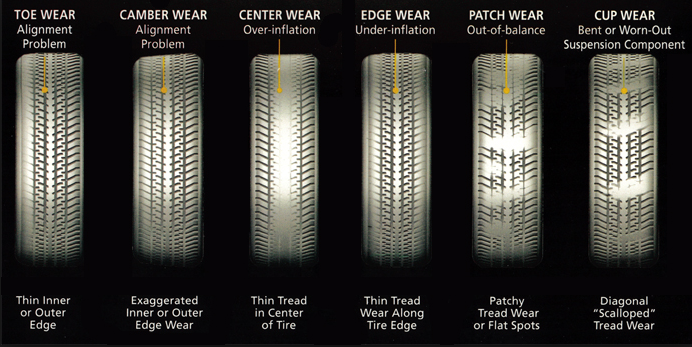 Plus, the average amount of miles Americans drive every year. That number, according to the United States Department of Transportation Federal Highway Administration, is approximately 13,500 miles per year. That means if you drive 4 months on winter tires you’d put 4500 miles on them. Extrapolated out, that means you’d need 8.9 winter seasons to put 40,000 miles on them.
Plus, the average amount of miles Americans drive every year. That number, according to the United States Department of Transportation Federal Highway Administration, is approximately 13,500 miles per year. That means if you drive 4 months on winter tires you’d put 4500 miles on them. Extrapolated out, that means you’d need 8.9 winter seasons to put 40,000 miles on them.
Of course, you may drive much more than the average person (or much less). Whatever the case may be, you could easily expect your winter tires to last 4-6 seasons. If you figure that the cost of four is about $500, your total cost per season would be less than $75. (If they last 8 seasons, it’s even less!) We think most people would agree that $75 is a good investment for extra safety while driving in winter. But based on location, how long do your winter tires last and are studded tires allowed?
Connecticut averages 37 inches of snow per year. The months of December, January, February, and about half of March are the typical winter months in Connecticut. Therefore, winter tires are good for at least four seasons in Connecticut if stored correctly. Additionally, Connecticut state law allows studded tires from November 15 through April 30 only.
Therefore, winter tires are good for at least four seasons in Connecticut if stored correctly. Additionally, Connecticut state law allows studded tires from November 15 through April 30 only.
Maryland gets a little less snow than Connecticut with an average of 20.6 inches per year. This means that snow tires can last up to 6 seasons. The first snowfall of winter for Maryland usually arrives in December. The season’s last snowfall typically happens in March. Since the snowfall is lower than other northeast states, studded tires are illegal in Maryland, except for in certain counties.
Like the other areas in the Northwest, snow tires in Massachusetts will last about four seasons if properly cared for. The snowfall in Maryland comes out to a whopping 48.1 inches per year. The first snowfall of winter usually arrives in December. The season’s last snowfall typically happens in March. Maryland is normally free of snow every year from May to October. Keep in mind, in Massachusetts, studded snow tires are only allowed from Nov. 2 to April 30. The fine for violating this law is $50.
Maryland is normally free of snow every year from May to October. Keep in mind, in Massachusetts, studded snow tires are only allowed from Nov. 2 to April 30. The fine for violating this law is $50.
New Jersey averages 23 inches of snow per year, which is less than the national average. So we recommend using your snow tires for about six seasons. Snow may fall from about November to April in New Jersey. Studded snow tires are legal on vehicles in New Jersey between November 15th and April 1st.
New York sees it’s fair share of winter weather, with an average of 36 inches of snow per year. With that in mind, winter tires are good for at least four seasons. The Department of Motor Vehicles in New York says studded tires are allowed from Oct. 16 through April 30.
Pennsylvania is one of the snowiest states, with an average of 41 inches per year. With that in mind, winter tires are good for at least four seasons in Pennsylvania if stored correctly. Additionally, studded tires are allowed for road use in Pennsylvania from November 1 to April 15.
With that in mind, winter tires are good for at least four seasons in Pennsylvania if stored correctly. Additionally, studded tires are allowed for road use in Pennsylvania from November 1 to April 15.
Now that we’ve answered your tire question, the next question is storing them. Since the average American household has three cars, that’s 12 tires. Even if you have a large garage, 12 tires take up a lot of space! That’s why MooveIn Self Storage is a better choice for storing those bad boys.
Safe and secure, MooveIn offers storage units all over the northeast. That includes Pennsylvania, Connecticut, Massachusetts, Maryland, New York, and New Jersey. No matter which state you live in, our storage units are safe, clean, and affordable. Even better, with our month-to-month leases, you won’t have to pay for the months you’re using your winter tires.
Renting a storage unit from MooveIn Self Storage is super easy. Simply fill in our online application, choose the storage unit that fits your needs best and you’re done! There’s no deposit necessary and, to make things even more convenient, you can pay your monthly bill online. Of course, you can store anything else you like in one of our storage units, no problem. Furniture, collectibles, clothing, winter sports equipment, you name it.
Of course, you can store anything else you like in one of our storage units, no problem. Furniture, collectibles, clothing, winter sports equipment, you name it.
Wintertime in the northeast can be a real bear, weather-wise. Using winter tires, however, is one of the best ways to keep your family safe when you’re on the road. As we’ve seen, it’s also quite affordable. These tires should easily last you quite a few seasons. Whatever you decide, please remember to drive safely and get home to your family. If you have questions about storing your winter tires, feel free to chat online with a MooveIn manager today.
If you recently bought a new set of winter tires, or your winter tires are a few years old, other than safety, your biggest concern is probably how long will these tires last. Knowing how to get the most mileage out of your winter tires will save you money while keeping you safe no matter how tough the winter weather becomes.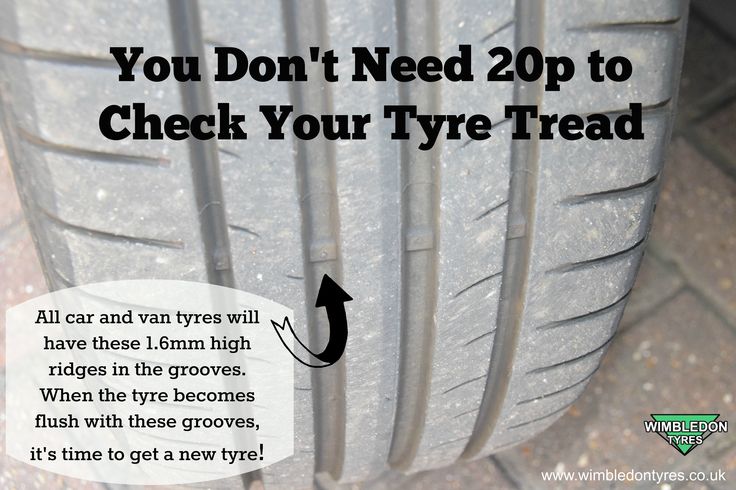
While there’s no set “life expectancy” for snow tires, many tire manufacturers estimate that you should get four seasons of wear from a set of winter tires. Tread wear on winter tires will depend heavily on how many miles you drive each month, and whether those miles are primarily on snow or ice covered roads, or if you routinely have a mix of snow and frozen dry roads. The tread will wear more quickly if the tire is running on freezing road surfaces than if they are on snow for most of the season. Low mileage drivers will get much longer use out of their winter tires than drivers who have both long winters and drive long distances. The lifespan of your tire will also be directly related to the original quality of the tire, and the level of care they’re given.
Storage
You should change out your winter tires for your summer, or all season tires when temperatures are regularly above 42 degrees.
Leaving winter tires on when temperatures get warmer will increase wear since the compounds that allow a winter tire to stay flexible in freezing temps also wear faster on warm roads.
High heat, freezing temperatures and exposure to light are the biggest contributors to any tire’s aging process. We recommend storing your tires indoors, where they are protected from temperature fluctuations. Be sure to clean the tires thoroughly and ensure they are dry. An airtight tire storage bag, is best and believe it or not, heavy duty black trash bags can be a good tire storage solution. Remove as much air possible from the bag and securely close the bag. Ideally, your tires are cool and dry while being stored, so avoid storing tires near a water heater, or radiator.
Age and tread wear will eventually be the indicators of when it’s time to begin shopping for a set of new winter tires. Unlike an all season or summer tire, winter tires need to have a much deeper tread to be effective and safe.
The first thing you should do when pulling out your winter tires for the first time each season is check tread depth. If your tires have a tread depth of 5/32 or lower, it’s time for a new set.
See Prices
There will not be enough tread remaining to get you through the winter. Winter tire tread patterns and siping are designed to bite into and evacuate snow and slush so that extra tread depth will provide your best traction on the road.
If you don’t have a tire tread gauge handy, most modern snow tires have built in wear indicators. Usually, they’re molded into the bottom of a tire’s tread grooves and indicate that a tire needs to be replaced when the indicator is flush with the adjacent ribs.
You should also always check your tires for visible damage that may indicate that it’s time for a new set. Keep an eye out for deep cracks in the rubber, sidewall damage and replace all four tires if you find significant damage.
Tires-Easy has been a trusted supplier of quality, new tires online to customers since 2004. We pride ourselves in having the best selection of quality new tires and an extensive knowledge center to aid our customers in the tire buying process. Check out our selection of winter tires and stay safe on the road this winter! Finding your tires just got easier at tires-easy.com.
We pride ourselves in having the best selection of quality new tires and an extensive knowledge center to aid our customers in the tire buying process. Check out our selection of winter tires and stay safe on the road this winter! Finding your tires just got easier at tires-easy.com.
Create an account for free on Tires-Easy.com and check out the discounted prices on a great selection of tires.
Sign Up
Vladimir Gavrilov
Estimated reading time: 4 minutes
131020
Category: Service Auto
The main component of winter tires that affects their performance is the rubber compound, not the tread pattern and not the number of studs, as you might think. The performance of rubber is affected not only by the natural wear of the tread during trips, but also by chemicals, fuels and lubricants, and simply by the sun's rays that violate the structure of the tire material.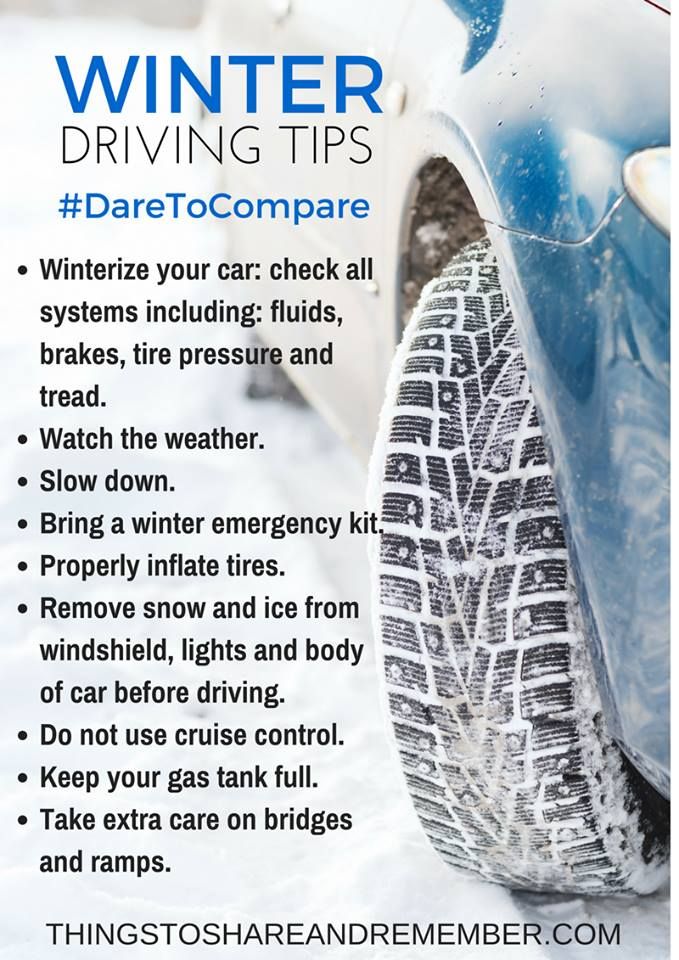
Rubber has many additives, especially in the protective layer, designed to hold the load and resist wear during operation. The characteristics of the material depend on chemical inclusions.
Naturally, over time, the tire ages and loses its properties, regardless of the mileage. It is exposed to chemicals poured on the roads by the ton. In addition, washer fluid and oil from passing trucks are on the pavement. These substances are absorbed into the tires of the wheels and violate the composition of the mixture. Rubber loses its former consistency, and its performance is distorted. The elasticity of the composition decreases. Over time, cracks form between the lugs, which become pockets of increased wear. Chemicals penetrate into them and contribute to even greater damage to the already inner layers of the tire. Cord threads begin to tear and burst. Through cuts, the chemical suspension adheres to the metal threads of the frame, which also fail over time.
The role of solar radiation in the destruction of rubber is also great. In general, the old tire has a different strength and coefficient of adhesion to the surface, which is why its effectiveness on the road decreases.
Typically, tire manufacturers define the service life of their products as 5-6 years. Michelin claims a 10-year term, Nokian too. An important point: the beginning of the service life is not the date of sale, but the date of manufacture. If the tire has lain for a whole year in storage, then it is still considered that its characteristics are no longer the same as those of a new one. And the more time has passed since manufacture, the worse the rubber becomes. If the tire was damaged, received cuts or punctures, then the service life is sharply reduced. After a puncture, it is not recommended to drive for more than two years.
In addition to the aging of the rubber compound, the tread itself also wears out. The average tread depth of a new summer tire is 8 mm. In winter, it is slightly larger and exceeds 10-12 mm. In addition, the so-called lamellae are applied there, that is, “suckers” that spread over the surface of the ice and create a sticking effect. They are much softer than the rough lugs of a winter tread and, with active mechanical action, quickly lose part of the material. In addition, the tread grooves are designed to divert not only water, but also snow masses. That is why winter tires should have a higher tread.
In winter, it is slightly larger and exceeds 10-12 mm. In addition, the so-called lamellae are applied there, that is, “suckers” that spread over the surface of the ice and create a sticking effect. They are much softer than the rough lugs of a winter tread and, with active mechanical action, quickly lose part of the material. In addition, the tread grooves are designed to divert not only water, but also snow masses. That is why winter tires should have a higher tread.
The requirements for the operation of winter tires are contained in the Technical Regulations of the Customs Union, as well as in the annex to the SDA entitled "On the admission of vehicles for operation and the duties of officials to ensure road safety." Section 5.1 provides more detailed tire requirements.
If the wheel does not have a wear indicator, the tread depth is measured with a caliper. The minimum tread depth of summer tires for different categories of vehicles must be:
for categories L - 0.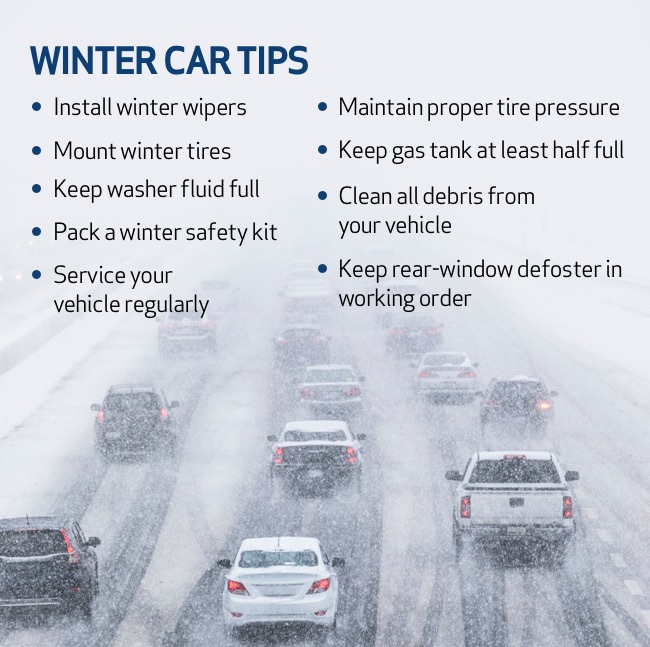 8 mm;
8 mm;
for categories N2, N3, O3, O4 - 1 mm;
for categories M1, N1, O1, O2 - 1.6 mm;
for categories M2, M3 - 2 mm.
The remaining tread depth of winter tires designed for use on icy or snowy road surfaces, marked with the letters “M+S”, “M&S”, “M S”, must be at least 4 mm. This marking indicates the passenger type of wheels. In addition, they are marked with an icon depicting a mountain peak and a snowflake.
If the tread of a summer or winter tire is worn out, it must be replaced without waiting for the expiration of the 6-year service life declared by the manufacturer.
In general, a winter tire with normal driving without extreme loads can work for about 6 seasons.
European winter tires from well-known manufacturers typically cover 50,000-60,000 km. Russian tires of domestic brands - 20,000-40,000 km, and Japanese - 50,000-80,000 km.
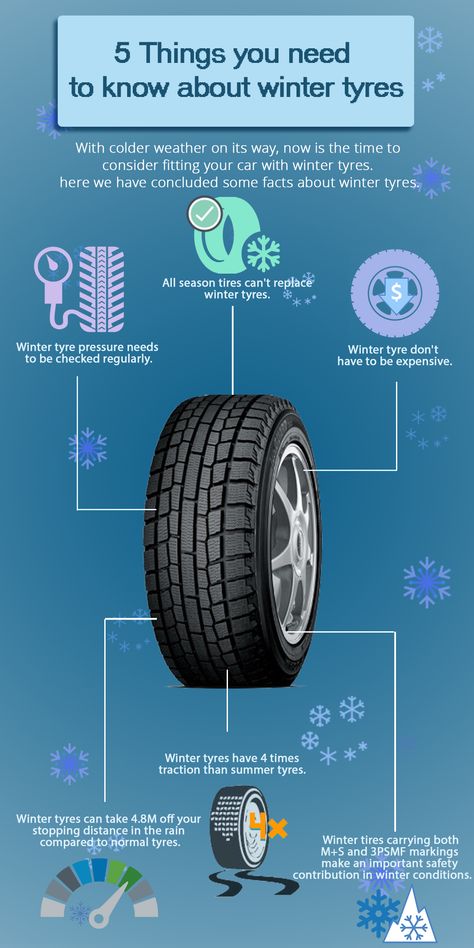 How tires differ from each other →
How tires differ from each other → winter tirestyres
Next article
Media news2
How do you know when tires are completely worn out and it's time to change them? Everything is simple. For summer tires, the limit is 1.6 mm of residual tread depth, and for winter (or all-season tires used in winter) - 4 mm. Modern summer tires can cover from 40,000 to 70,000 km, depending on driving style and vehicle characteristics. An average motorist rolls such a mileage on summer tires in 2-3 seasons. Moreover, wear implies not only a decrease in tread depth. For millions of cycles of deformation, the strength of the carcass and its adhesion to the layers of the rubber compound are violated. In short, every 2-3 years you should buy a new set of tires.
In the event of irreparable damage to one of the tires and a relatively high total mileage of the kit, it is also worth considering replacing it. Well, or about buying at least a pair of new tires, which, for any type of drive, should be installed on the front axle. We put two tires back - the most decent of the remaining ones.
Many motorists drive only a few thousand kilometers a year. This does not mean that the tires will serve you for several decades. According to Russian requirements (GOST 4754-97), the service life of passenger car tires is 5 years from the date of manufacture. And for example, Continental recommends that all car tires (including the spare tire) older than 10 years old should be replaced with new ones. Therefore, with small runs, you can navigate for ten years. The date of manufacture of the tire is indicated on the sidewall. Usually it is an oval with four numbers. The first two are the ordinal number of the week in the year, the last two indicate the year.
Related materials
How to change the car yourself - detailed instructions
Tires should be rotated periodically in accordance with the vehicle manufacturer's recommendations - information on this can be found in the owner's manual.
We can advise you to use the tires carefully and, most importantly, to store them correctly in the off-season. First of all, during storage, it is important to exclude direct sunlight from hitting the tires, which greatly age the rubber. Tires without rims should be placed vertically, and stacked on rims.
And before installing tires on a car at the beginning of the season, evaluate their condition. There should be no cracks in the tread and sidewalls. The tire should not be dry, it should remain rubbery and not look like baked plastic.
Related materials
Driving on badly worn tires - will I be fined or not?
Winter tires have a much shorter "life".